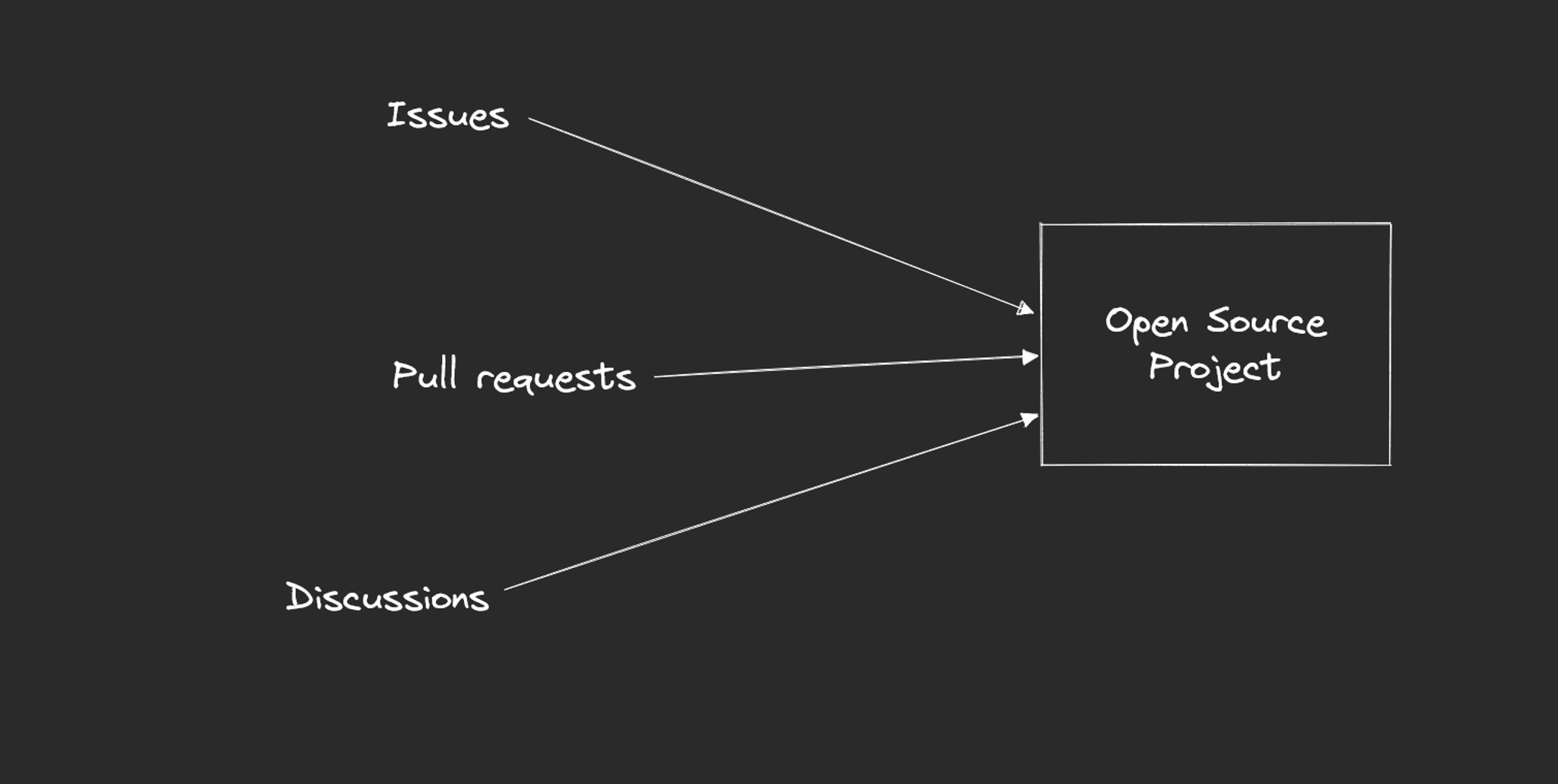Thoughts on Contributing to Open Source Projects

Table of Contents
- Asynchronous communication
- Documentation
- Engineering practices
- Focus on value
- Technology knowledge
- Closing words
Hello, it’s me again! It’s been a while since my last post about Leveling Up as a Frontend Engineer, which was around 3 months ago. This time, I am going to share a bit about what I have gained from my small steps of contributing to open source projects.
For the record, my contributions so far were small ones. But, these small ones were good enough for me. Anyway, here are the things that I learned from my journey contributing to open source.
Asynchronous communication
This one is pretty clear. As library maintainers, we get issues/questions/feedback from the library users and we need to make sure that we understand their issues and what are they suggesting. The key here is listen. And of course, just because we published a library, it doesn’t mean we must maintain it. We can ask our users to open a PR and contribute if they want to.
By learning asynchronous communication, you get to tick 2 aspects of a usual English test: reading and writing. Similar to speaking, you don’t always have to use perfect grammar and all that. The important thing is to get your point across to the people you’re talking to.
Documentation
Documentation can be in a lot of forms. It can be in the form of Markdown, it can be in the form of examples, or it can be in the form of code comments. Considering our library will be used by users, they will also want to know how to use our library and see what kind of use cases are covered.
Consider this case, have you ever wanted to use a library but somewhat the documentation is outdated or it’s very hard to find examples so that we could apply it in our project? We can use that experience to push ourselves to improve our library’s documentation so that our users can have a better experience.
Engineering practices
In my current workplace, some QAs will verify the tasks that we have worked on. In some cases, they may also do regression testing. The same doesn’t exist in open source projects. Maintainers won’t have the time to check each feature one by one every time there is a pull request for a new feature or bug fix.
Hence, unit tests are very valuable. I for one also benefited from this. Take my test suites from the react-bs-datatable as an example. I created various tests and used React Testing Library to test the UI. It helped me to develop faster and also verify faster, in case contributors are submitting their pull requests to the repository.
Instead of having to checkout and test it locally, I can just rely on the test suites and see if there are things that regressed or not. If not, then the PR is most likely good to go.
Focus on value
This perhaps doesn’t only apply to open source projects, but also to pet projects (or personal projects). When we are working on open source projects (especially ones not owned by us), we want to focus on the objective. Just because some parts of the code don’t match our “style” or we think they are messy, it doesn’t mean we should change it in that instant.
Consider this case, our library has a bug. But when fixing the bug, we noticed some things that could be refactored. Our first instinct would be to refactor it while fixing the bug. It may end well if the refactoring doesn’t take a lot of effort. But, what if the refactor itself takes longer time than the bug fix?
Our priority should be to deliver value to users. Hence, say, if the library’s version is `1.0.0`, then we need to fix that bug first and bump the version to `1.0.1` (read more about Semantic Versioning here).
After we have published `1.0.1`, we have all the time in the world to refactor.
Technology knowledge
I learned this when I tried to contribute to openapi-zod-client. So far, I have mostly been using `npm` and `yarn`. But, that repository happens to use `pnpm`, so I could see how `pnpm` behaves and its differences compared to `npm` and `yarn`.
I also learned about things such as:
- Changesets. It’s a very cool tool for libraries so that releases are more manageable (as in, no need to update the
`package.json`version manually anymore), - JavaScript’s module system (CJS/ESM/UMD),
- npm registry mechanisms (publishing, unpublishing, deprecating),
- Semantic versioning, and
- GitHub Actions.
Closing words
I think working on open source can be fun. It can also be included as an added value in our portfolio. If you are interested, you can start small from your favorite library, then maybe try to notice parts that can be improved (or is incorrect) — the easiest one is perhaps documentation.
With that being said, always remember to provide value. If your contribution doesn’t provide value, then the project maintainer won’t think twice to decline it.
That’s all from me. Hopefully, this post is useful and see you on the next post!